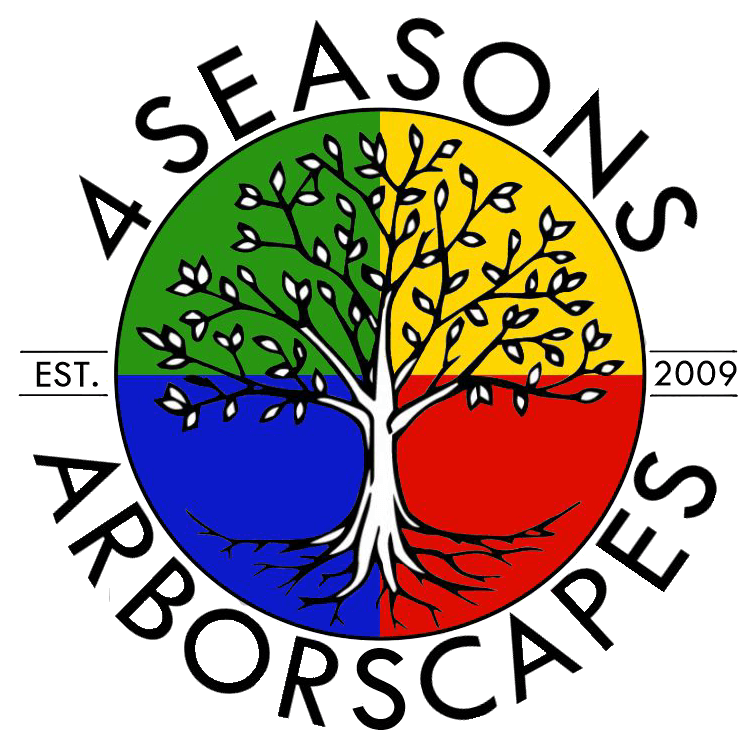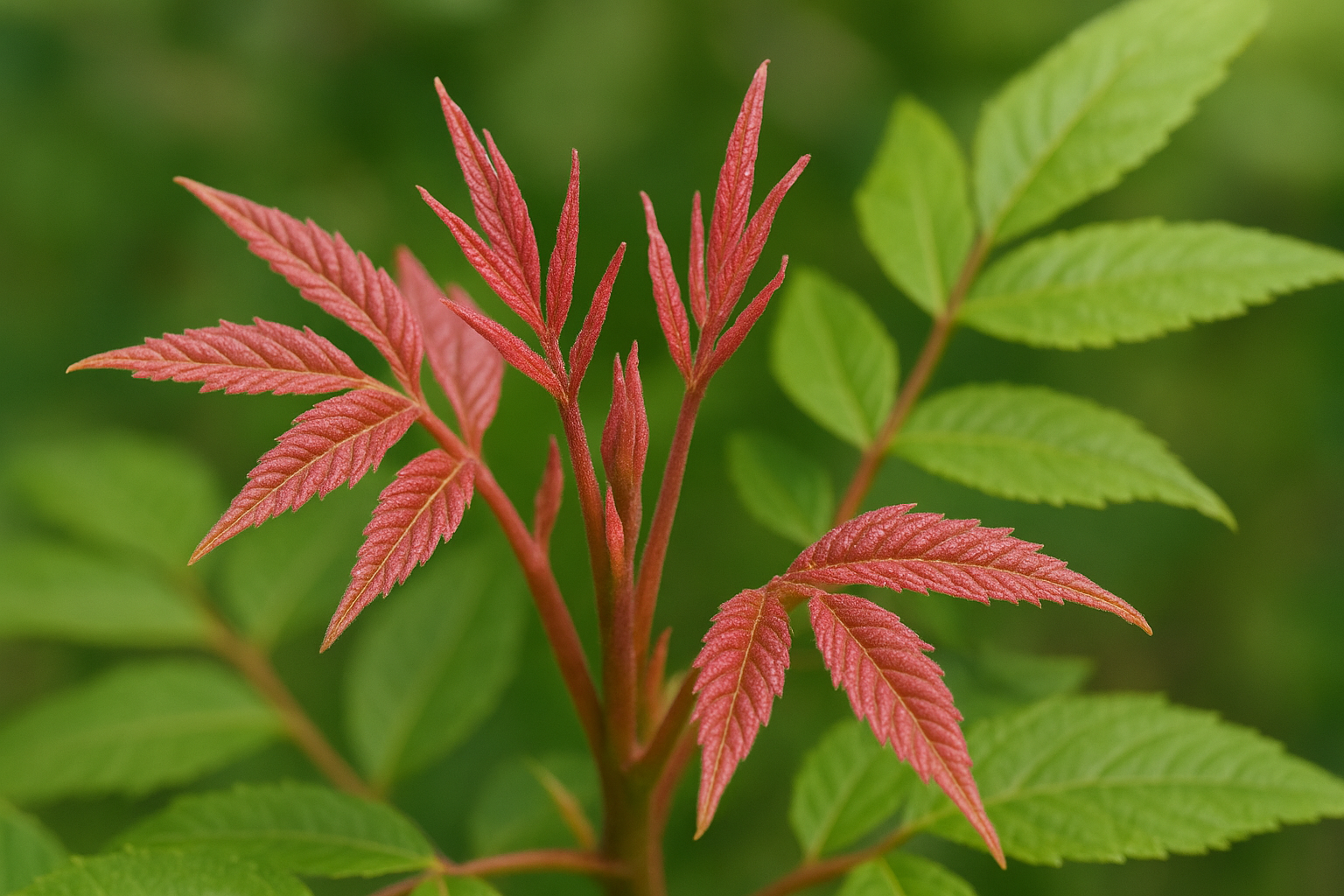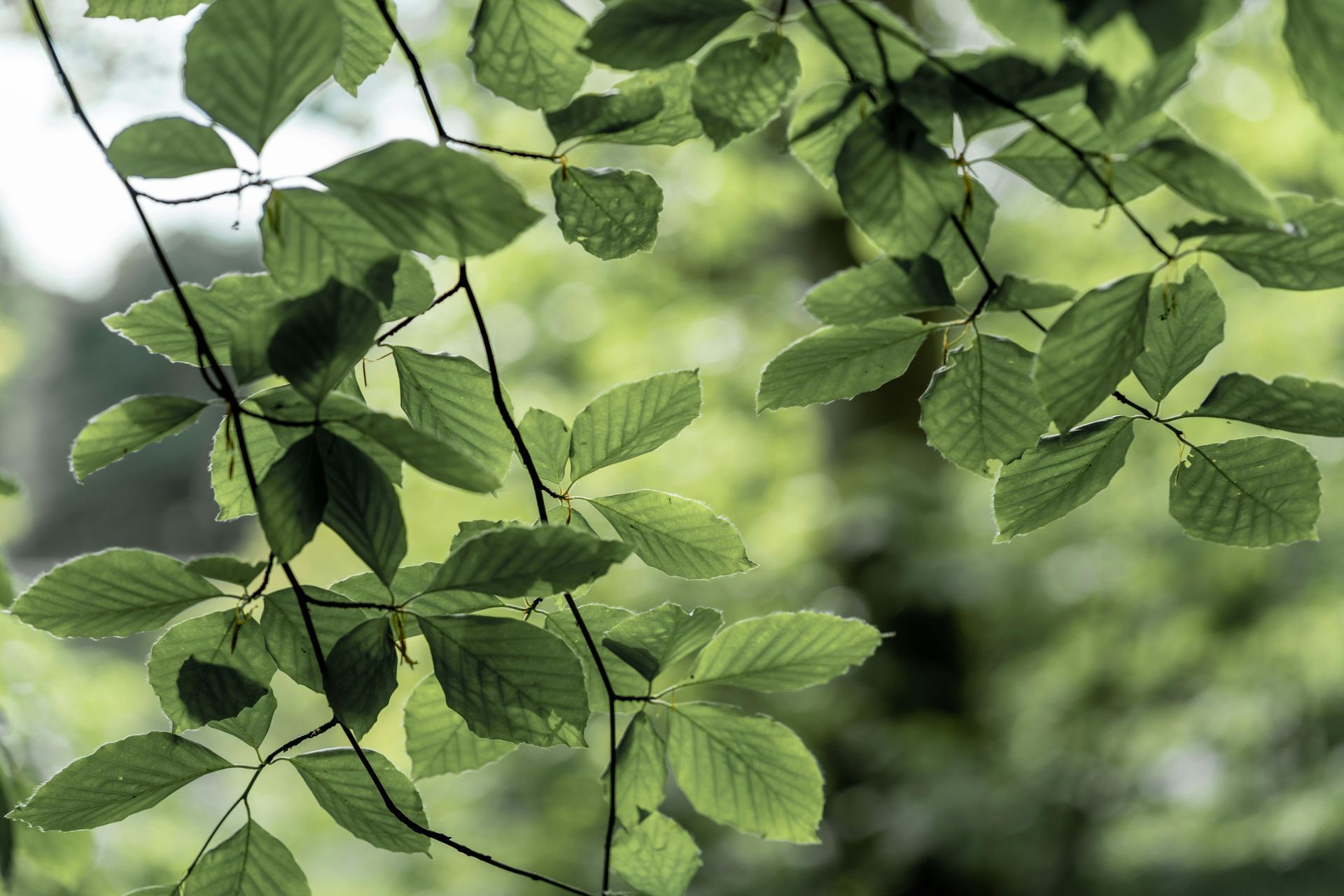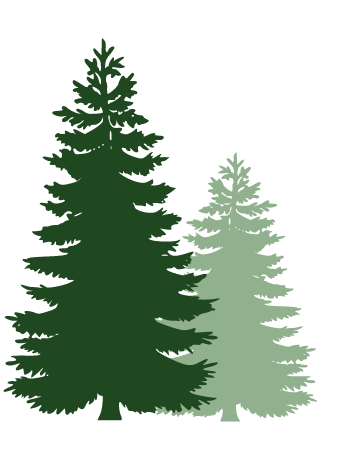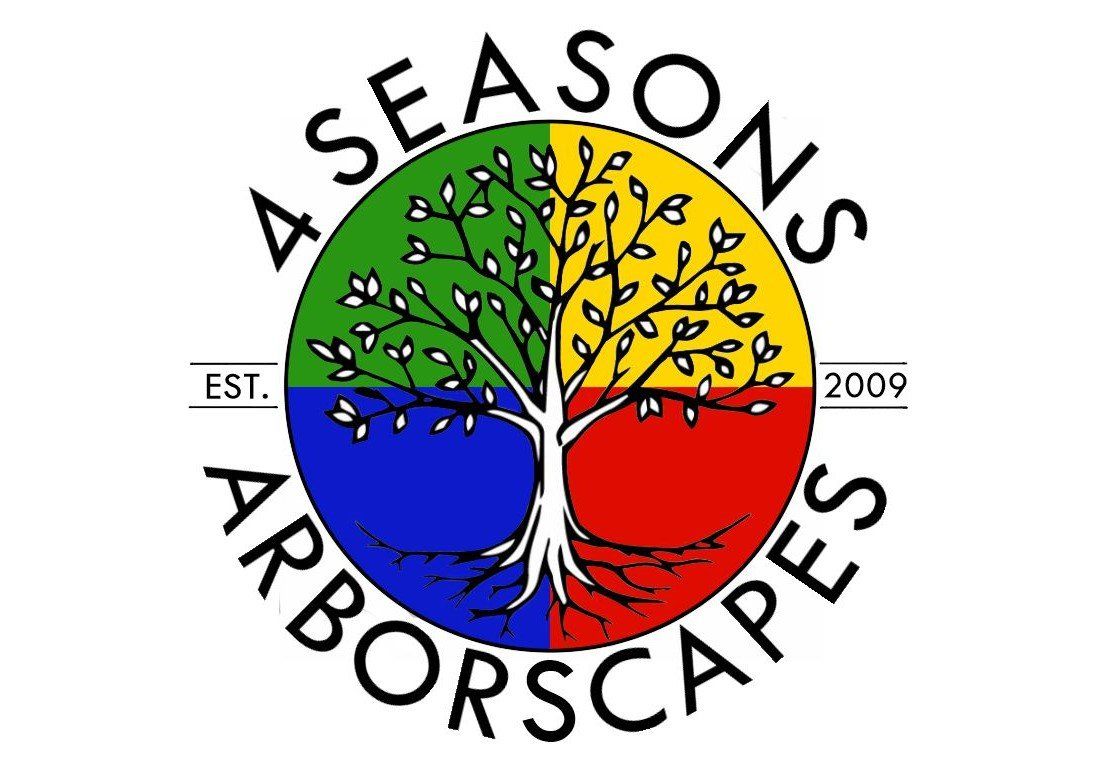The Benefits of Tree Preservation
Trees are one of nature's most valuable assets, providing countless benefits to the environment, communities, and property owners alike. Preserving trees isn’t just about maintaining their beauty—it’s an investment in sustainability, economic value, and overall quality of life.
The Environmental Benefits
Preserving trees plays a crucial role in improving our environment. Trees absorb carbon dioxide, release oxygen, and filter pollutants, creating cleaner air for everyone. Additionally, their natural shade helps reduce urban heat and energy consumption by cooling homes and streets during hot months. Trees also manage stormwater runoff by absorbing excess rainwater and preventing soil erosion, making them essential for mitigating flooding and maintaining healthy landscapes.
Economic Value
Healthy, well-preserved trees add significant economic value to properties. Studies show that mature trees can increase property values by up to 15%, making them a sound financial investment. Beyond this, trees provide cost savings by reducing energy bills—offering shade in the summer and acting as windbreaks during colder months. Proper preservation also minimizes long-term maintenance and replacement costs compared to neglect or premature removal.
Aesthetic & Health Benefits
The aesthetic beauty of trees enhances any property or neighborhood, creating inviting and vibrant spaces. Beyond looks, trees offer proven health benefits, reducing stress and improving mental well-being by providing peaceful, green surroundings. Preserved trees also create habitats for birds, insects, and other wildlife, contributing to urban biodiversity and fostering a connection with nature.
Community & Legal Considerations
Tree preservation can strengthen communities by maintaining green spaces that everyone enjoys. In many areas, local ordinances require the protection of certain trees or impose fines for improper removal, making preservation both a legal and responsible choice. Taking proactive steps to care for trees can also foster goodwill with neighbors and local organizations, helping build stronger, greener communities.
Long-Term Sustainability
Perhaps most importantly, preserving trees supports long-term environmental sustainability. Trees are irreplaceable in their ability to sustain ecosystems, clean the air, and provide resources for generations to come. A proactive preservation plan prevents unnecessary damage, ensuring trees continue to thrive and deliver their many benefits well into the future.
Why Hiring a Tree Care Professional is Essential for Tree Preservation
Tree care professionals bring a wealth of expertise and knowledge to the table. Trained in arboriculture, they understand the intricacies of different tree species, their specific needs, and the proper techniques required for preservation. Their extensive knowledge allows them to provide specialized care, ensuring trees thrive for years to come.
A crucial aspect of professional tree care is the assessment of tree health. Arborists are skilled in identifying early signs of diseases, pests, and structural problems that may not be obvious to the untrained eye. By catching these issues early, they can implement timely interventions, such as treatment or targeted pruning, to restore and preserve tree health.
Proper pruning and trimming are vital for maintaining a tree’s structure, encouraging healthy growth, and preventing potential hazards like falling branches. Tree care professionals use their expertise to perform these tasks safely and effectively, following industry standards that enhance the tree’s long-term stability and appearance.
When it comes to disease and pest management, tree professionals are invaluable. They can accurately diagnose tree illnesses and pest infestations and apply specialized treatments to manage or eradicate these threats. Access to professional-grade products and knowledge of sustainable treatment options ensures your trees receive the best possible care.
Healthy trees begin with healthy roots, which is why root health care is a top priority. Compacted soil, poor drainage, or hidden root diseases can compromise a tree's overall health. Arborists are equipped to assess and address these issues, implementing solutions like soil aeration, root treatments, or mulching to improve root function and vitality.
Storm damage prevention is another critical service provided by professionals. By evaluating the structural integrity of trees, arborists can identify risks and implement preventive measures, such as installing cables or bracing systems, to protect trees from failure during severe weather. Proactive care helps reduce property damage and prolongs the life of your trees.
During construction projects, tree preservation during construction is essential to minimize damage. Tree care professionals can implement protective measures such as root zone fencing, proper grading, mulching, and soil aeration to safeguard the tree’s root systems. These precautions ensure that nearby construction doesn’t compromise the health or stability of valuable trees.
In cases where preservation is no longer an option, tree removal and replacement services are necessary. Arborists can safely and efficiently remove trees that are diseased, dying, or pose safety hazards. They can also recommend and plant suitable replacement trees, helping maintain the environmental and aesthetic benefits of your landscape.
Tree professionals also provide emergency services in urgent situations, such as storm-damaged or fallen trees. Their prompt response can mitigate further property damage, ensure safety, and address emergencies quickly and effectively using the proper tools and techniques.
Beyond tree health, professional care plays a role in liability mitigation. Poorly maintained trees can cause injuries or property damage, leading to legal and financial complications. By keeping trees healthy and structurally sound, arborists help reduce these risks and provide peace of mind for property owners.
Finally, tree care professionals bring the advantage of equipment and safety measures to every job. Equipped with specialized tools, machinery, and climbing gear, they can tackle everything from basic pruning to large-scale removals. Their adherence to safety protocols not only ensures their own safety but also protects your property and surrounding landscape.
By hiring a professional tree care service, you can ensure your trees receive the attention, expertise, and proactive care they need to thrive. Tree professionals are not just caretakers—they are essential partners in preserving the beauty, health, and value of your trees.

Check out the latest:
